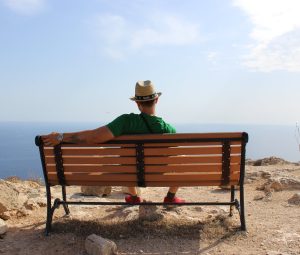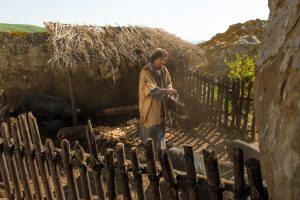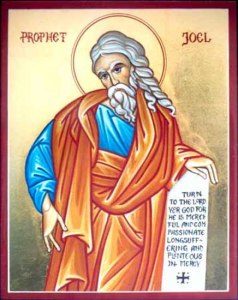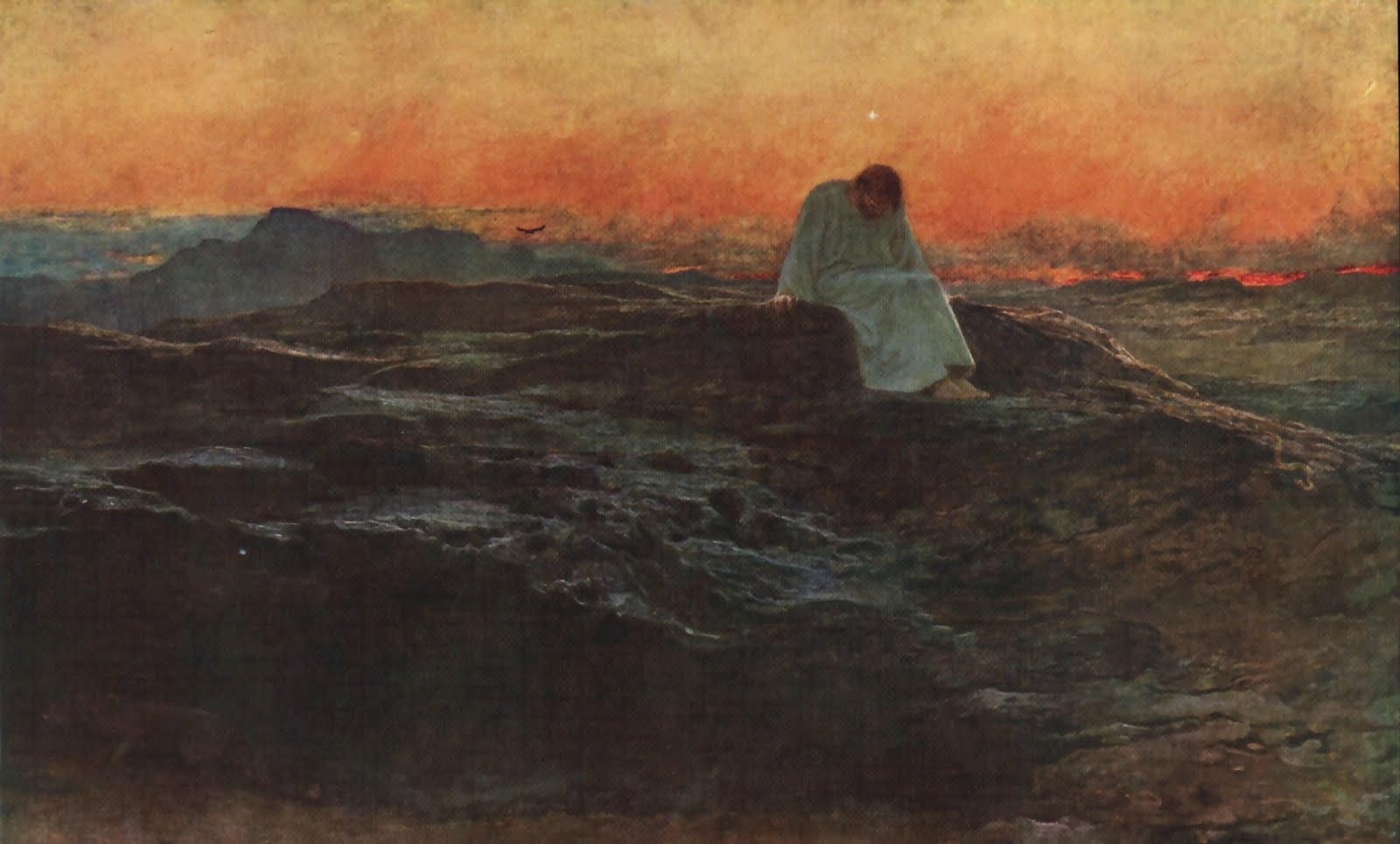 S for Signs
S for Signs
Signs are part of communication.
We wave our hand as we leave someone.
We shake our head to refuse something.
We wink to a word spoken in jest.
We open wide our eyes in surprise.
We frown to show disapproval.
All these signs are part of what we call body language.
But there are other signs –
those displayed in an attitude expressing a conviction, or a decision.
In anger, we suddenly leave a meeting with colleagues.
Or, we go out of a room banging the door.
Occasionally, Jesus used such signs in relation to people around.
To the Pharisees who asked him precisely for a sign coming from heaven, Jesus replied that they would not get such a sign; he left them there and got back into the boat (Mark 8:13).
Another very telling example is that showing Jesus chasing the traders in the Temple (Matthew 21:12-13).
There are other signs that we could describe as symbolic –
perhaps more difficult to interpret, they may have a deep meaning.
The gospel of John proposes a typical scene which opens up an unexpected perspective. 
It is that of the Wedding of Cana (John 2:1-11).
The narrative is well known where we see Jesus who, on the request of his mother, will change water into wine for the feast.
The gospel writer uses precisely this word: “This was the first of the signs given by Jesus”.
Of course, it was a miracle, and the other gospel writers will use this word rather than the one used by John: a ‘sign’.
This sign announces what Jesus will be for us: the presence of God among us to come to our aid.
God sharing our daily life – as it is taking place in a wedding celebration – to reveal his presence to us.
And all the signs that he gives us from day to day…
Do we know how to recognize them, and discover their message?…
The period of Lent is a good time to get used to doing this…
Note: In the following video (in French), Nadia Labrecque continues to reflect on this sur scene of the Wedding of Cana : https://youtu.be/j1zn0Tp3B58?si=eHy6N9VdMokPmYz5



 Roman festivals of
Roman festivals of  “Because he/she loves me,” says the Lord, “I will rescue him/her;
“Because he/she loves me,” says the Lord, “I will rescue him/her; In the gospel text of this 1st Sunday (Mk.1:13-15), we hear Jesus tell us:
In the gospel text of this 1st Sunday (Mk.1:13-15), we hear Jesus tell us:

 When told that something is free, or at a big discount, some people will rush to benefit from the offer.
When told that something is free, or at a big discount, some people will rush to benefit from the offer. We pretend that we can ‘handle it’, we can manage on our own.
We pretend that we can ‘handle it’, we can manage on our own.

